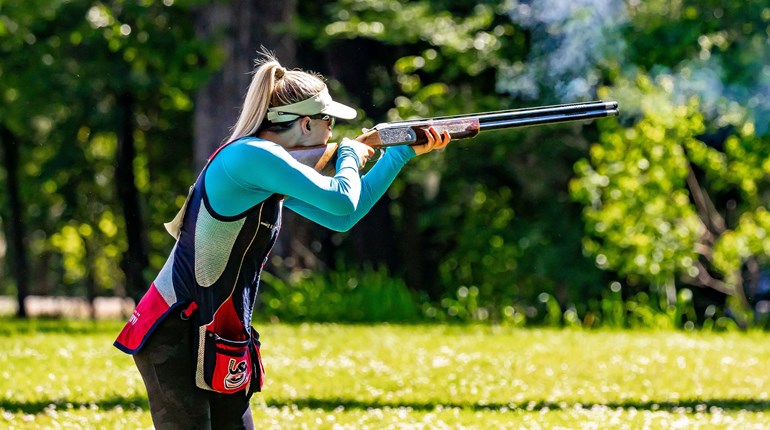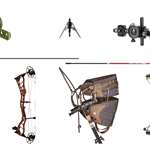
Do something for most of your life and it’s easy to let the notion take hold that you’ve seen and done it all. Of course, that’s virtually always a false notion. “Old dogs and new tricks” aside, this old dog has learned an old trick. Case annealing can not only increase your case life, it can help you achieve your best accuracy.
Back when I first got addicted to this whole shooting thing, there were several articles on case annealing. As I recall, all were written by craggy old guys who were trying to extend the life of their carefully hoarded collection of military brass. I figuratively yawned at the time because, after all, I was a modern, enlightened shooter, intent on consuming vast quantities of ammo in the quest of becoming a great shot. There wasn’t any time for me to waste with this annealing thing.
Some time ago I got the bug to shoot a bison with my Pedersoli replica Sharps rifle in .45-90-2.4. I began—and am continuing—a search for a load that replicates the original ballistics and is accurate in my rifle. My first efforts were less than satisfactory. I tried duplicating those original loads with smokeless powder. The loads produced decent velocities, but the accuracy was dismal—a 6-inch group at 100 yards was about the best I could get.
After checking to ensure nothing was loose, I began to chalk it up to aging eyes and decaying hand-eye coordination. I did not correlate the smoky, dirty cases after firing to any lack of accuracy. Then a fellow on a shooting forum advised me to anneal the case mouths before trying a black powder load. His reasoning—based upon first-hand experience—was that the thick mouths of this brand of case were too hard to allow it to obdurate enough to seal the chamber, thus impacting shot-to-shot velocity consistency and accuracy.
Case annealing isn’t difficult, nor is it all that time consuming. All you need is a propane torch and a loading block. Light the torch and take an unprimed case between your thumb and forefinger. Hold the neck—in the case of my .45-90 cases that translates to the front 3/4 inch or so—in the hottest part of the flame for about 4 to 6 seconds, rolling it in your fingers to evenly spread the heat, then place the case in the loading block to cool naturally. The case mouth or neck should just start to turn a sort of straw color. Use your bare fingers to ensure you don’t linger too long in the flame. If you feel much heat at the case head, you’re heating it too much. Excess heat can soften the case head rendering it too soft to contain the pressure during firing. That’s dangerous, and in any case that gets too hot should be scrapped.
I am still in the throes of testing and evaluation, but initial results show my groups have already shrunk 50 percent to 60 percent.





































